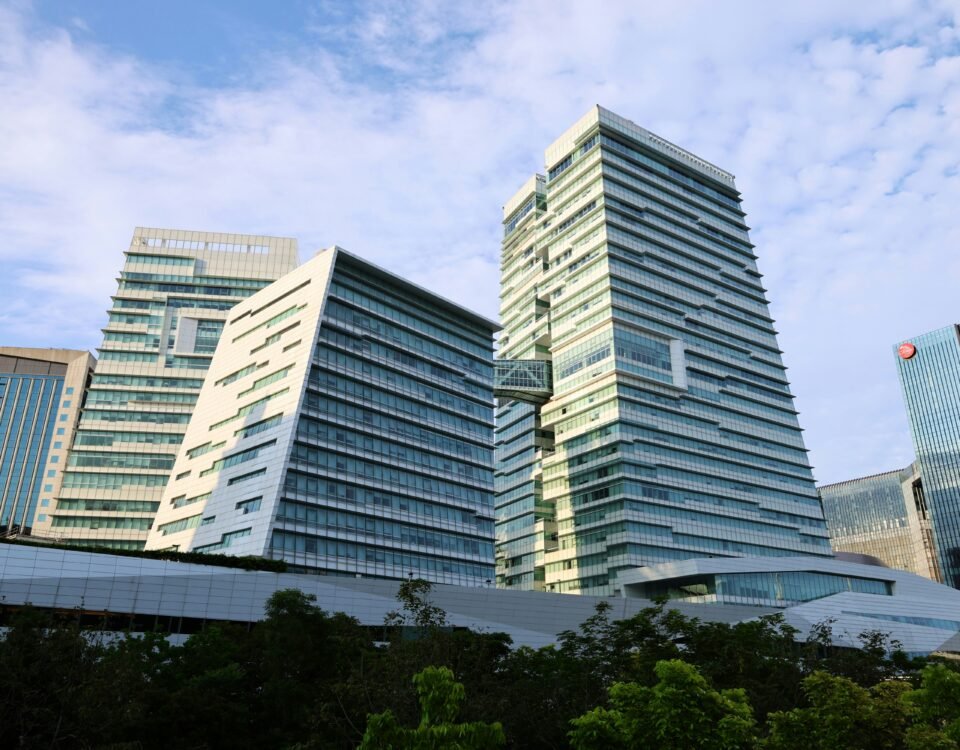Delivery units have become a popular fixture in governments around the world. From the UK to Uganda, they’re often pitched as a fix for public sector inertia—focused, data-driven teams tasked with accelerating results on political or policy priorities.
But while the model has promise, the reality is more complicated. Some delivery units drive real improvements. Others disappear within a budget cycle, or worse—become reporting factories with no real influence.
So what separates the success stories from the cautionary tales?
1. Political Backing Is Non-Negotiable
At their best, delivery units operate as an extension of political will. They work because they’re tied directly to high-level leadership—often a president, prime minister, or head of a major ministry. This proximity gives them both the authority to convene and the leverage to demand follow-through.
Without this support, a delivery unit risks becoming just another technical office—well-staffed but sidelined.
2. Clarity of Purpose and Focus
Delivery units are most effective when they focus on a small set of measurable outcomes—typically 3 to 5 priority goals that matter politically and practically. Spreading too thin or taking on everything at once leads to shallow engagement and diluted impact.
Success depends on ruthless prioritization—and sticking to it.
3. Embedded, Not Detached
The best delivery units are embedded within government systems—not floating above or outside them. Their staff sit alongside implementers, not apart from them. They understand the constraints frontline actors face, and they adapt accordingly.
External consultants or siloed technocrats can offer support—but change is more likely when driven from within.
4. A Discipline of Data and Follow-Up
Having a dashboard is easy. Using it meaningfully is not.
Effective delivery units instill a culture of routine performance tracking, using real-time data to identify bottlenecks, hold actors accountable, and problem-solve early. But data alone doesn’t drive change—structured follow-up and escalation mechanisms are just as important.
5. A Culture of Problem-Solving, Not Policing
Delivery units should not act as compliance monitors or top-down enforcers. Their role is to unblock, not blame. This means investing in relationships, learning loops, and escalation pathways that surface and address problems quickly.
Technical skill matters—but so does trust.
6. Multidisciplinary Teams That Can Execute
You don’t need an army—but you do need the right mix.
Delivery units work best when staffed by teams that combine policy expertise, political savvy, operations know-how, and data analysis skills. Some of the most effective teams are led by former implementers who understand the daily realities of government delivery.
7. A Plan for What Comes Next
No delivery unit should be permanent.
From day one, there should be a plan to transition delivery capabilities into permanent government structures. This could mean building capacity in ministries, strengthening planning functions, or embedding performance routines into cabinet processes.
Delivery units should be a means to an end—not an end in themselves.
How We Think About Delivery at Lapnos
At Lapnos, we’ve seen delivery units work best when they act as trusted allies to government—not watchdogs or outsiders. We help design and support delivery teams that are context-sensitive, politically informed, and tightly focused on real-time problem-solving.
In some contexts, that means establishing a formal unit. In others, it means coaching an existing ministry team or embedding short-term capacity to support a priority initiative.
Because ultimately, delivery isn’t about structure—it’s about sustained execution, shared ownership, and solving problems as they arise.
Got thoughts on what makes a delivery unit succeed (or fail)?
We’d love to hear from others navigating the same terrain.






